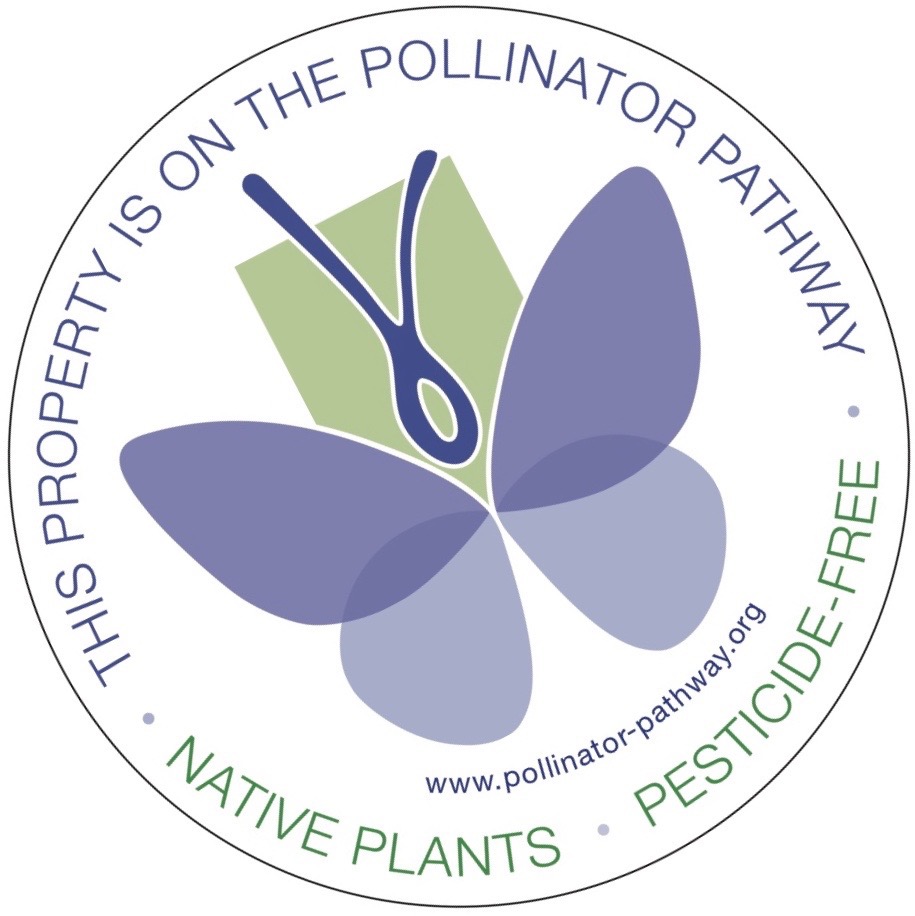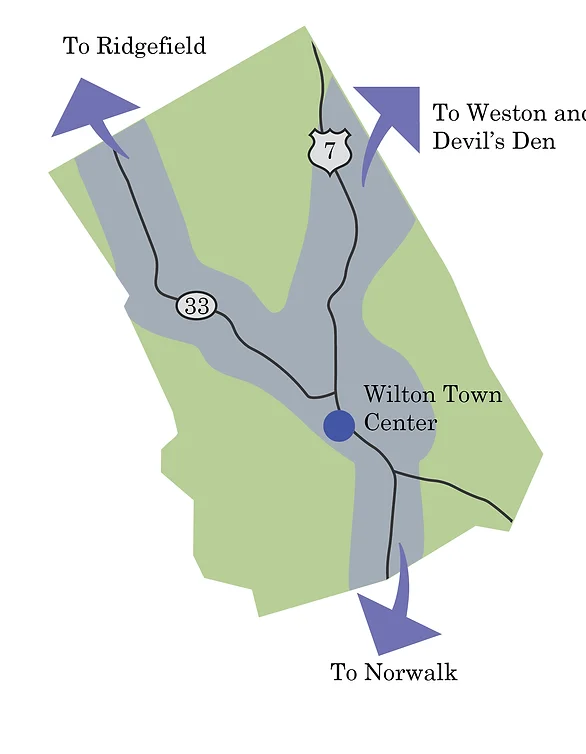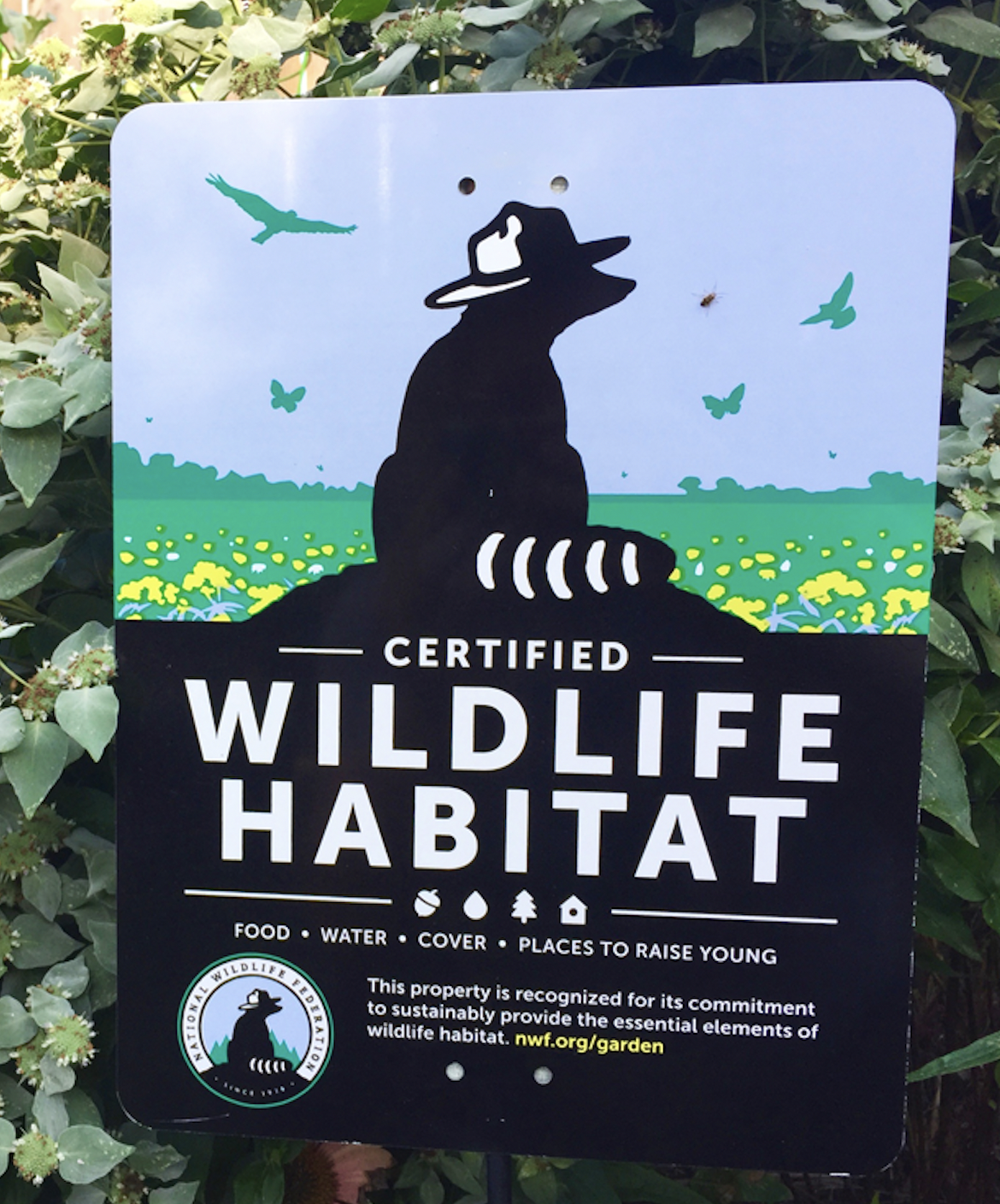Your Backyard
How You Can Make A Difference In Your Own Yard
Alternative Landscaping
Butterfly Gardens
These types of gardens are designed to be beneficial for butterflies and other pollinators. These gardens have different types of plants for different purposes, host plants, food plants, shelter, etc. Host plants are meant to give larvae a source of food as they develop. Although unsightly as they are eaten, they are essential for growth. Some plants double as host and food plants, providing support for both the larvae and the adult. Some trees and shrubs also serve as food for caterpillars
Another aspect to consider is when blooms appear in the warm season. It’s beneficial to have a variety of flowers that open at different periods, helping to extend the garden's longevity. This also benefits the bees coming out of winter into the spring, giving them access to nectar early on.
Site selection is important to consider when designing a butterfly garden. Butterflies prefer the sun as they use the heat to warm their muscles allowing them to fly. Finding an area that gets lots of sun will attract more butterflies than a shadier area. You can also add stones as a sort of hotbed that the butterflies can use.
Flowers
Early season blooms
Achillea (Yarrow)
Aquilegia (Columbine)
Viola (Violets)
Geranium
Mid-season blooms
Apocynum (Dogbane)
Pycnanthemum (Mountain mint)
Coreopsis (Tickseed)
Asclepias (Milkweed and butterfly weed)
Eupatorium (Joe-Pye-weed)
Monarda (Beebalm or wild bergamont)
Vernonia (Ironweed)
Gaillardia (Blanket flower)
Late season blooms
Aster
Solidago (Goldenrod)
Shrubs & Trees
Shrubs
Clethra (Pepperbush)
Lindera (Spicebush)
Rhododendron
Vaccinium (Blueberry)
Viburnum
Trees
Cornus (Dogwood)
Juniperus (Red cedar)
Prunus (Wild cherry)
Sassafras
(taken from the CT Department of Environmental Protection)
Rain Gardens
Rain gardens are aesthetic and functional additions to a landscape. Usually added to areas where rainwater gathers in a depression, these gardens help with groundwater recharge and stormwater filtration. These gardens are easy to install and care for particularly because they collect and store water.
When it rains, the water runs along many surfaces such as roofs, paved surfaces, agricultural areas, lawns treated with pesticides and fertilizers, etc., and all pollutants collected are directed to waterways. These gardens help reduce flooding, depending on the size of the garden and the quantity of flood water.
Natives are an especially good choice for rain gardens because of their adapted root system and hardiness. With deeper roots, these plants hold more soil preventing erosion, can reach deeper into the water table, and are more tolerant to heat. Rain gardens can also double as butterfly gardens, depending on the design. Since natives are well adapted to these climates they don’t need excess fertilizers and pesticides, making them safer for pollinators, and are easy to find. Some plants from a butterfly garden may also work in a rain garden, which is something to be considered if both are of interest.
If considering a rain garden, an absorption test would be a good idea to understand what soil type you have, and whether it is suitable for a rain garden.
How to run a water absorption test:
Dig a hole at the site approximately 12 inches deep and 6 inches across.
Completely fill the hole with water and let it stand until fully drained.
Once drained, refill the water to one inch from the top. Insert a marker at the water level to keep track, and using a stopwatch and ruler, measure how quickly the water drains.
The objective is to measure in inches per hour, an ideal rate is between 0.5 inches and 2 inches per hour.
Alternative Grasses
Common US landscaping loves its short turf grass, but the issue is that it constantly requires attention and provides very little ecological benefit. Turf grass is mowed frequently, which adds up in cost and carbon emissions, it has short root systems that don’t hold water well causing runoff and dry lawns. When soil is exposed to the sun for long periods, it is harder for water to absorb and allows invasives to take over.
Alternatives
Reduce the size of your lawn and create a meadow. Meadows are important because they foster a large variety of wildlife and native plants, and provide habitat different from wooded areas. Meadows are the ultimate “bio-lawn”, and provide incredible aesthetic sights, especially when flowers are in bloom. Concerned about walking in your yard? A meandering trail can be mowed for the ultimate experience!
Native grasses are an optimal choice to support soil health, insect and small mammal populations, and prevent dead lawns. Comparatively, native grasses are adapted to long periods of drought, can be left without mowing, and provide shelter for wildlife. There are many species to choose from depending on sun exposure, slope, and desired look.
Other Resources


Pollinator Pathway
The pollinator pathway aims to create continuous pesticide-free and native plant corridors to provide habitat and food for pollinating insects and birds. Even the smallest green spaces can contribute to the pathway.
We rely on pollinators so the plants in our gardens, farms, and orchards can reproduce and we can feed ourselves. However, many pollinator populations have been rapidly declining due to pesticide use and habitat loss. Urban- and suburbanization have caused the landscape to become fragmented, yet if we create pollinator-friendly habitats in our yards, then we can create wildlife corridors that connect to parks and preserves and support sustainable wildlife populations.
Wilton has established a pollinator pathway, which Wilton Land Conservation Trust is proud to collaborate on. The program aims to establish two continuous corridors along Route 33 and Route 7 which abuts the Norwalk River. While the two roadways have been designated, all residents are encouraged to participate and join the program by pledging to create a pollinator-friendly space on their property.
How to be a part of the pollinator pathway:
1. Plant native plants
2. Go pesticide-free
3. Rethink your lawn

Certified Wildlife Habitat
The National Wildlife Federation recognizes Certified Wildlife Habitats which are havens for local birds, butterflies, and other wildlife. The following elements that are required for wildlife habitats include:
Food: All living things need to eat to survive, so food sources such as native plants, feeders, berries, seeds, and foliage, are an important component of a habitat.
Water: All animals require clean drinking water to survive, and also sometimes for bathing, breeding, or living in. Water can be provided in a variety of ways including bird baths and rain gardens, as well as natural water sources such as rivers, lakes, and streams.
Cover: Wildlife requires places to shelter from extreme weather, hide from predators, and hunt for prey. Places of cover can include shrubs, dead trees, rock walls, and brush piles.
Places to Raise Young: To ensure species continue to survive they need resources to reproduce and protect and nourish their young. This could include mature trees, nesting boxes, shrubs, and burrows.
Sustainable Practices: It is necessary to maintain your yard or garden in a way that ensures the air, soil, and water stay healthy and clean. These sustainable practices could include soil and water conservation, controlling exotic species, and organic practices.
